The United States Copyright Office informed that any images produced by writing a prompt to any artificial intelligence model, such as Midjourney or Stable Diffusion, cannot be copyrighted in the US.
USCO said it is the same when a buyer gives instructions to a commissioned artist.
The new guidance, published in the Federal Register, states that AI models identify what the prompter wishes to have depicted, but the machine determines how those directions are implemented in its output.
It also wrote: “When a technology receives solely a prompt from a human and produces complex written, visual, or musical works in response, the ‘traditional elements of authorship’ are determined and executed by the technology, not the human user.”
To grant copyright protection, a considerable level of human creativity must be involved. So, AI cannot produce copyrighted work.
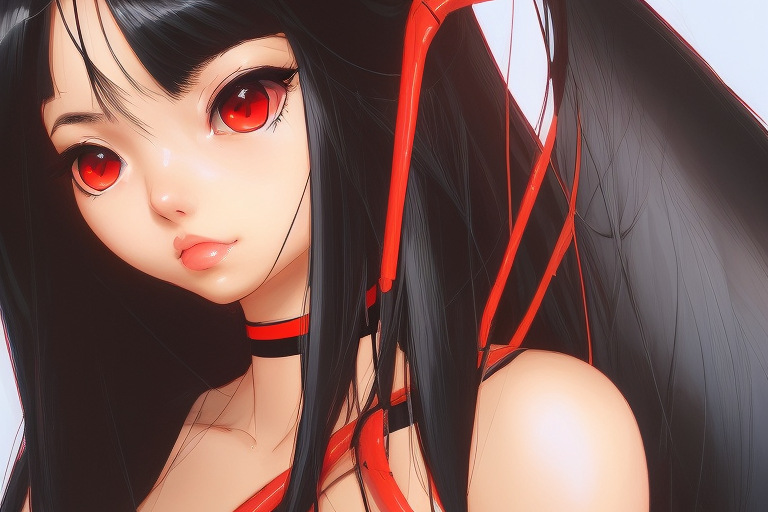
At the same time, the USCO stated that, based on the Office’s understanding of how AI technologies function, users do not exercise ultimate creative control over how much systems interpret prompts and generate artwork.
“In the Office’s view, it is well established that copyright can protect only material that is the product of human creativity.”
A few years ago, the office also stated it wouldn’t allow selfies taken by a monkey, driftwood sculpted by the ocean, murals painted by elephants, or songs allegedly composed by the Holy Spirit to be copyrighted.
Under the current rules, the USCO will not register works produced by a machine or a mechanical process operating randomly or automatically without any creative input or intervention from a human author.
Kris Kashtanova’s Case
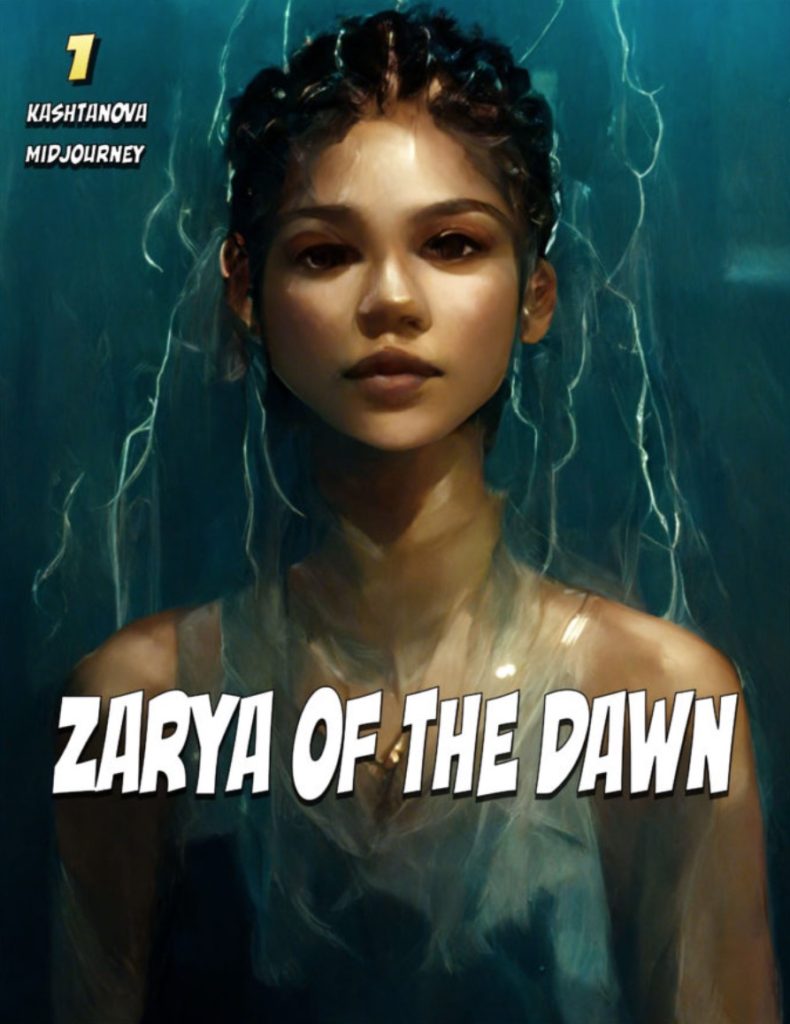
A few weeks ago, the USCO granted limited copyright protection to the graphic novel “Zarya of the Dawn” by author Kris Kashtanova.
Although the Office acknowledged ownership of the text and the layout, the images generated by Midjourney and presented in the novel were not copyrightable.
The Office claimed that there was too much distance between the author’s input and the AI image generator’s output.
Dr Stephen Thaler’s case
In 2022, the US Copyright Office also denied an attempt to copyright a work of art created by artificial intelligence prompted by Dr Stephen Thaler.
Entrance to Paradise had requested a second consideration of a 2019 ruling.
The reason coming from the Office was that current law only offers protection to “the fruits of intellectual labour that are founded in the creative power of the human mind.” Hence, the Office will not register works “produced by a machine,” since they “must be created by a human mind.”
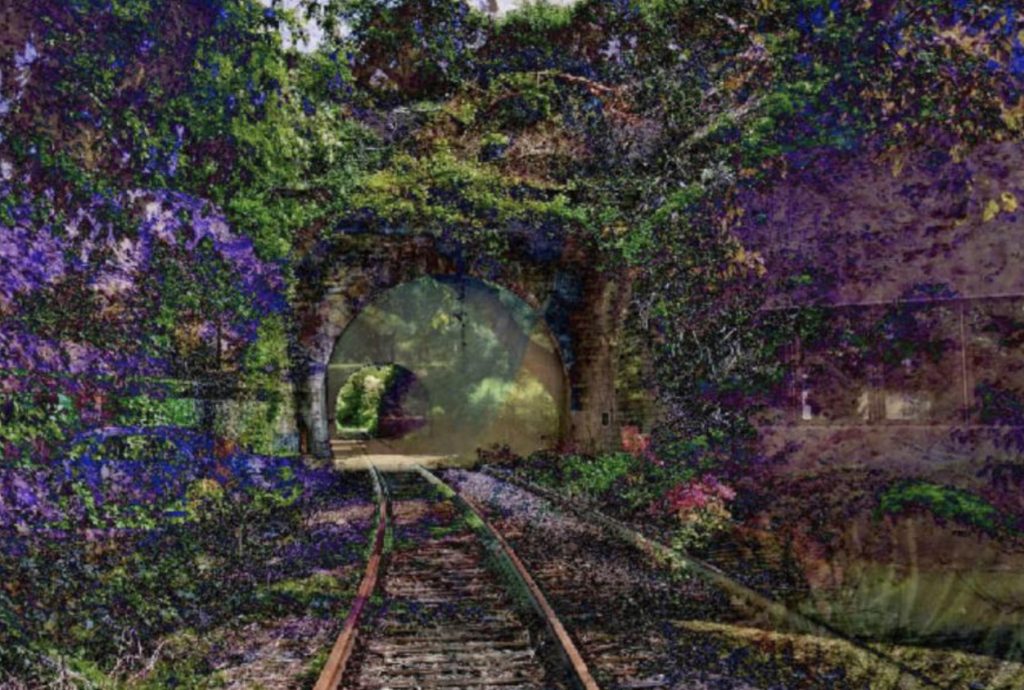
Getty Images sues AI Stable Diffusion

In January 2023, the stock photo agency Getty Images vetoed AI-generated work on its platform over copyright concerns and announced it is suing Stability AI, maker of Stable Diffusion, over alleged copyright violations.
Getty stated it provided licenses to leading technology innovators to train artificial intelligence systems but respecting intellectual property rights. However, Stability AI didn’t seek any licence from Getty Images and instead ignored viable licensing options and legal protections in pursuit of their stand-alone commercial interests, Getty claims.
AI Training Sources
But Getty Images is apparently not the only source from which Stable Diffusion took images.
In August 2022, waxy.org collected data from 12 million of the around 2 billion images used to train Stable Diffusion, and the results showed that roughly 47% of the total analysed were obtained from only 100 domains, with the largest number coming from Pinterest.
Other sources for the AI training, according to Waxy, were WordPress-hosted blogs, Smugsmug, Blogspot, Flickr, DeviantART, Wikimedia, Tumblr, Fine Art America, Shopify, Wix, Squarespace, Redbubble, Etsy, 123RF, Adobe Stocks, PhotoShelter, Dreamstime, iStockPhoto, Depositphotos, Unsplash, VectorStock, and Shutterstock.
There’s Still Hope For Copyrighting AI-Generated Images
In a statement published on 16 March, the US Copyright Office said it has started an initiative to examine copyright law and policies raised by artificial intelligence, including the scope of copyright in works created with AI tools and, of course, the copyrighted material used in AI training.
The Office also stated that this action is a direct response to requests from the US Congress and members of the public, as well as to the recent striking advances in AI technologies and their growing use by individuals and businesses.
In April and May, the Office will host open listening sessions for literary, visual, audiovisual, and musical works to discuss the role and concerns of the usage of automated systems in creative fields.
To help with the initiative, the USCO has launched a new webpage for events and announcements related to artificial intelligence and copyright.
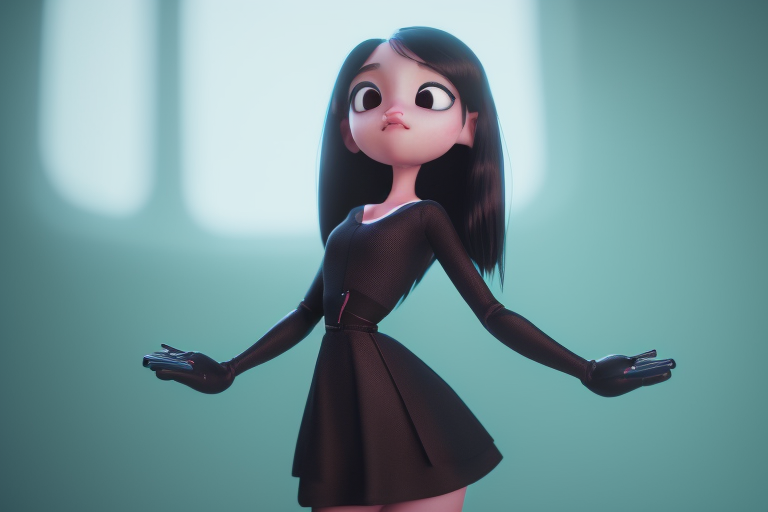
Let’s be clear. Text-to-image tools, including Stable Diffusion, Dall-E, and Midjourney, do not create artwork at all; they don’t have imagination like people do.
They are fed with millions of images with detailed descriptions, so they just combine those elements and produce an image based on the prompt of a user.
Of course, we cannot deny those visual representations are stunning.
That’s not part of the discussion. They are impressive, and the technology employed is jaw-dropping. It is not the same when a monkey takes a selfie.
But from the Copyright Office’s point of view, a human mind or hand was not directly involved in the image’s creation, like when an artist creates an image in Photoshop or paints it with brushes on a canvas.
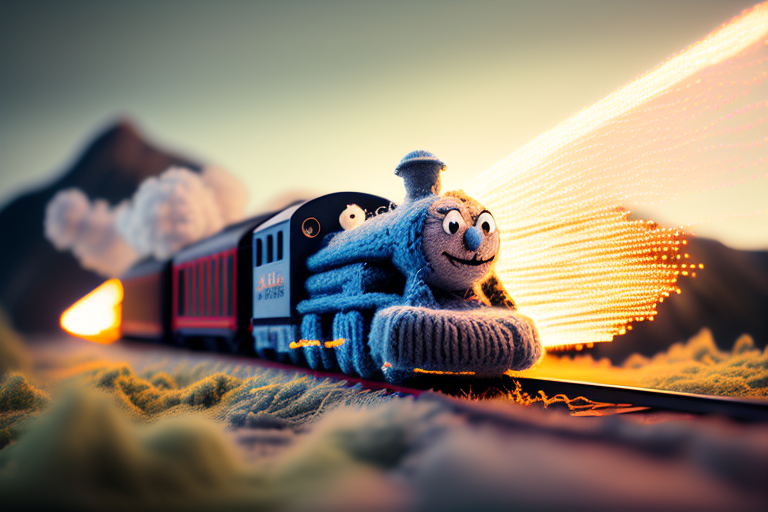
Personally speaking, and despite what the USCO says, AI images should be protected because they were created following instructions written by a person.
And even if the final result doesn’t match 100 per cent the prompt, such output was the answer to the creativity of a human mind.
I have used Midjourney and other tools. When you provide a visual cue, an illustration is rendered. But if you copy and paste the exact same description again, the resulting image is different. So, we could say the product is unique.
What’s your view? Should AI-generated images be copyrighted?
Please leave your comments.


